Copyright 2020 - 2021 irantour.tours all right reserved
Designed by Behsazanhost
A Journey to the Safavid capitals
A Journey to the Safavid capitals
The Safavid was an Iranian and Shiite dynasty that dominated Iran over 221 years from the years 880 to 1101 AH (1179-907 Lunar and AD 1722-1501) and is often considered the beginning of modern Iranian history
They could form a reign of a centralized kingdom (after 900 years) across Iran after the collapse of the Sasanian Empire
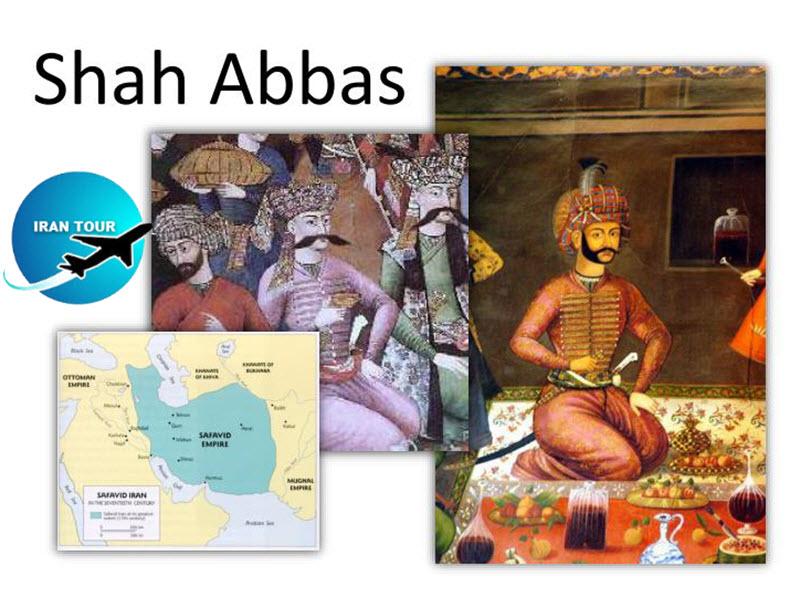 |
Despite their demise in 1736, their legacy is the revival of Iran as an economic bastion between East and West, the establishment of an effective state and bureaucracy based on "checks and balances", their architectural innovations, and their protection arts The Safavids have also left their mark until the present era by broadcasting the Islam Twelver in Iran, as well as in large parts of the Caucasus, Anatolia, and Mesopotamia.
The Safavid Kings themselves claimed to be Shiit and declared the Shiite faith as the official religion in Iran
List of Safavid monarchs:
- Ismail I(1502-1524)
- Tahmasp I(1525-1576)
- Ismail II(1576-1577)
- Mohammad Khodabanda(1577-1587)
- Abbas I of Persia(1587-1629)
- Safi of Persia(1629-1642)
- Abbas II of Persia(1642-1666)
- Suleiman I of Persia(1666-1694)
- Sultan Husayn(1694-1722)
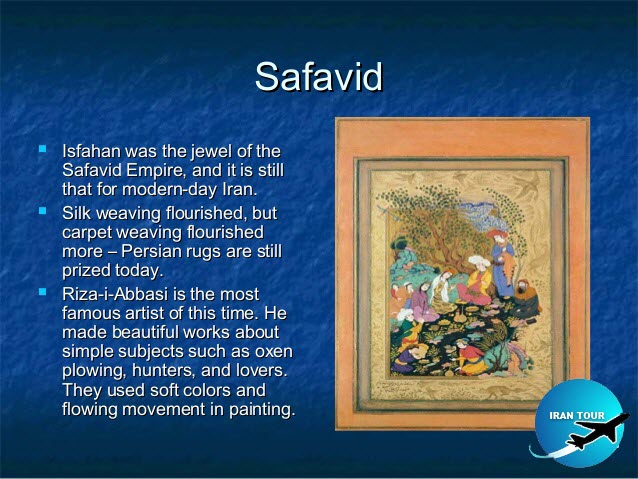 |
Due to the rule of the Safavids and due to the specific features of this historical period during their life of them, three cities were chosen as the capital:
Tabriz: This city was the closest Iranian city to the center of the Safavids, Ardebil, which had very little distance to the Ottoman borders
Qazvin: After defeat in the Chaldoran War and capture of Tabriz by the Ottomans, the Safavids decided to move the capital away from the Ottomans. But this is not the only reason for choosing Qazvin. The prevalence of some religious beliefs in this region strengthened this theory.
Esfahan: With the onset of new thinking and the flourishing age of the Safavids, the capital transferred to Isfahan? Also, Isfahan had an indicator of geographical location
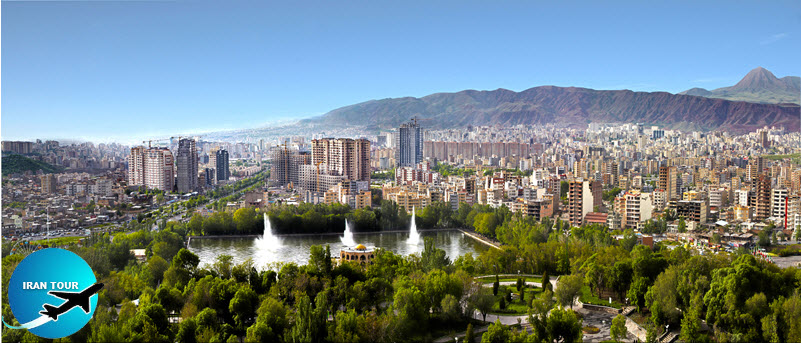 |
Tabriz:
Biblical evidence indicates that the Ajichay River flows from the Garden of Eden, placing Tabriz at the gates of paradise. The legacy of Tabriz and the Silk Road pedigree are no
Tabriz is the most populated city in northwestern Iran, one of the historical capitals of Iran, and present is the capital of East Azerbaijan province
The beginnings of Tabriz are not well documented. The first signs of the civilization of the city belong to a burial ground dating to the Iron Age of the 1st millennium BC. that was unearthed in the late 1990s in the northern part of the Blue Mosque.
This city had its ups and downs in its history. But the best historical period of the city belonged to the Mongol Ilkhan period. During this period, numerous buildings and structures were built and the most notable of them is Rab-e-Rashidi. The Rashidi Rab(Rab-e-Rashidi) was a small town including a library, school, mosque,
Tabriz was chosen as
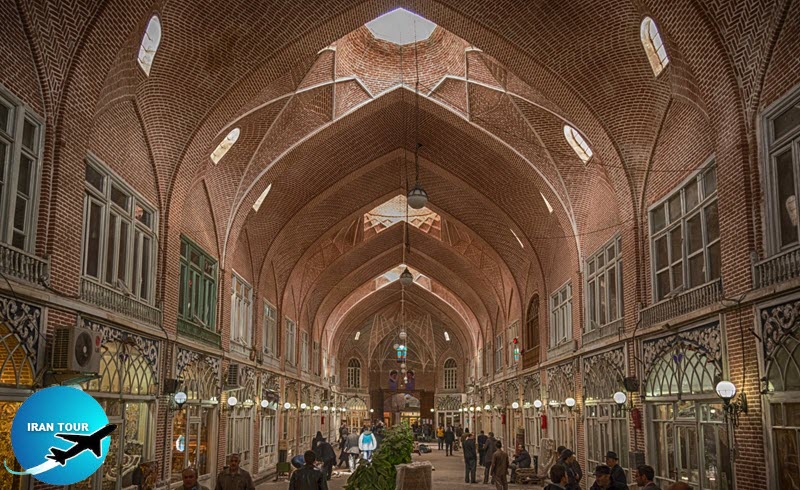 |
Tabriz, with a very rich history, sheltered many historical monuments.
- Saat Tower: (clock tower), Saat Sq., Emam Ave. Saat Tower is the symbol of Tabriz. It was used as the main office of the municipality of the city.
- El Goli: (locals call it Shah Goli) One of the most famous parks in the city of Tabriz, which has a large pool of water. This place in the past has been a place for the recreation of local rulers and kings.
- Blue Mosque: This mosque is the most important and beautiful historical monument of Tabriz and is
- Bazaar of Tabriz: One of the oldest bazaars in the Middle East and the largest covered bazaar in the world. It was inscribed on the UNESCO World Heritage List in July 2010.
- Ark-e-Alishah (Ark Citadel): It is a wall of 28 meters that represents the remains of the citadel and the ramparts of the city of Tabriz. The construction of the arch was intended to make a great mosque in the 13th century.
- Azerbaijan Museum: It is the main archaeological museum in northwestern Iran. The museum includes archaeological objects and discoveries in the region of Azerbaijan. It has three galleries: pre-Islamic history, Islamic history, and currencies.
- Maghbarat-o-Shoara: The graveyard of famous poets who
-
- Rob-e-Rashidi: These are the ruins and remains of an educational and scientific complex built in the 13th
- Tabriz Museum of Natural History: A natural history museum with taxidermy samples of wildlife from Iran and some other countries.
- St. Mary Armenian: Church and Museum: Hub of the Armenian community. Church and museum of the Armenian community of Tabriz. The previous out church was visited by Marco Polo in 1275 while traveling to China. The tabernacle of the church was built in the style of Armenian architecture, some of whose parts may be dated to the 12th century AD.
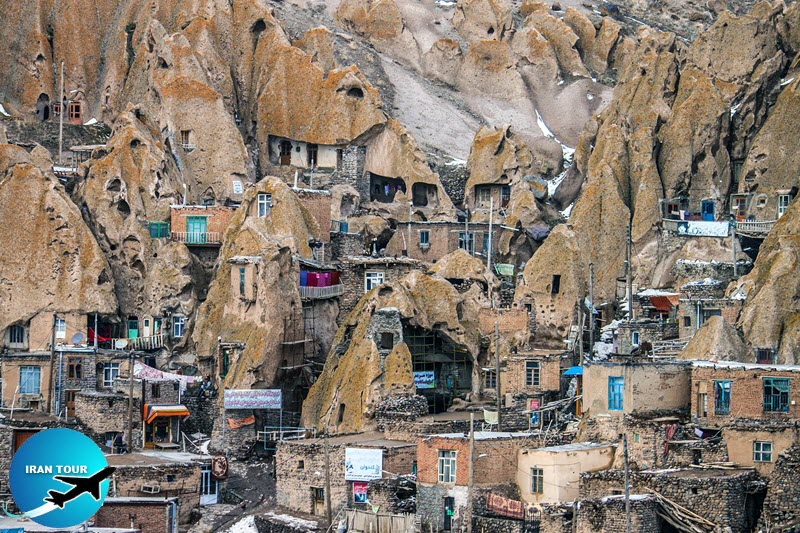 |
- Kandovan Touristy village: This village is famous for its still inhabited artificial cliffs. The troglodyte
- Lake Urmia: A salt lake with a very high level of salt and nice beaches and improbable bathing places. Many migratory birds stop there during their long journey to rest and feed.
- Babak Castle: A 9th-century castle located at the top of Jomhour, in the heart of the Arasbaran forest. It is nestled on a rocky peak at 2700 m altitude.
- Saint Stepanos Monastery: This 9th-century Armenian church is laid at the north of Tabriz and south of the Aras River near the Iran-Nakhichevan border. Along with two other Armenian churches in the region (St Thaddeus and the Dzordzor Chapel), it was listed as a UNESCO World Heritage Site in 2008.
Hike in El-Goli Park- Hot springs and Hydrotherapy Resorts in the north-west of Iran- Hike in Mt Eynali and its artificial forest- Watch Soccer in Sahand Stadium- listen to folk music- Ski in Sahand Resort and
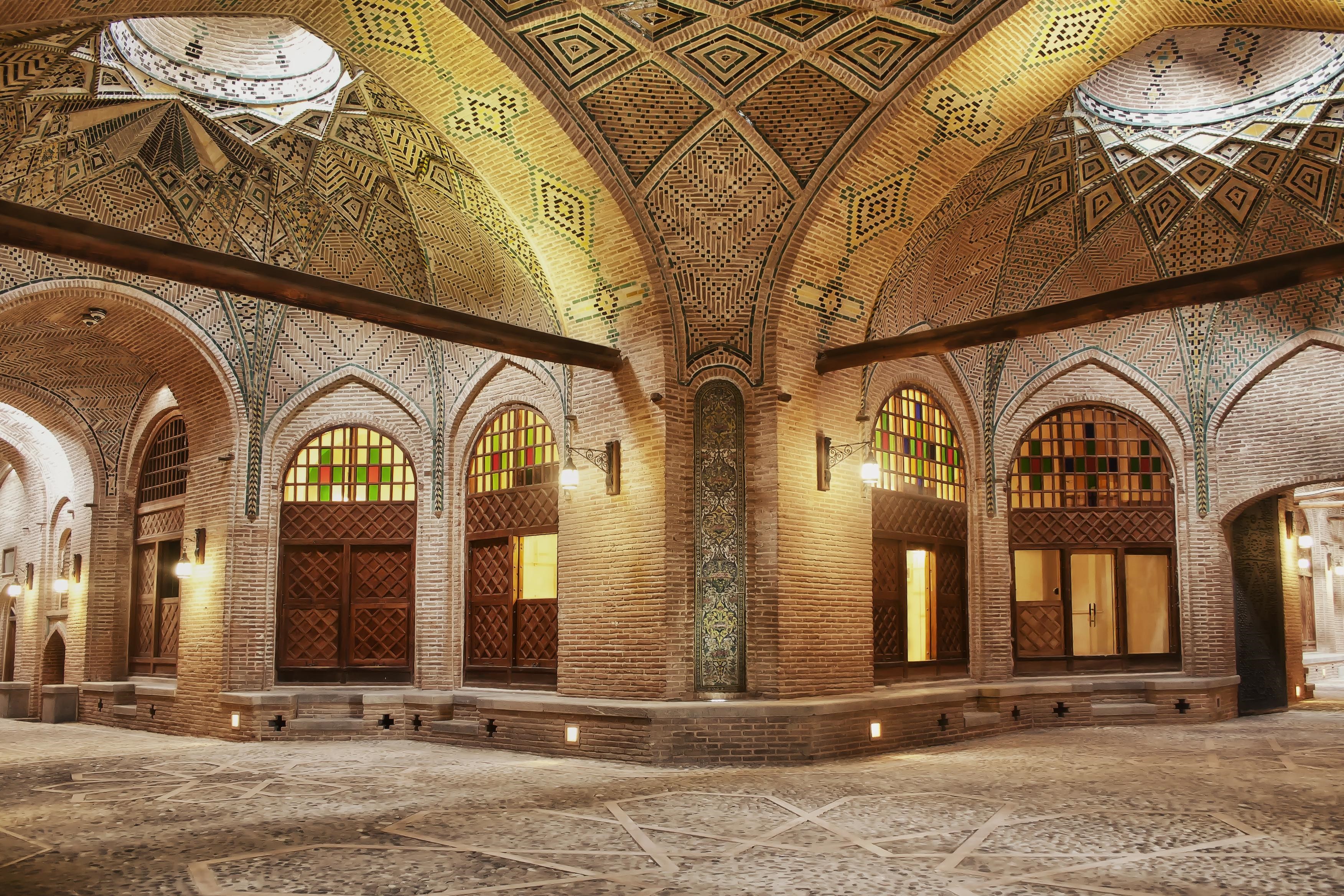 |
Qazvin
Qazvin is a nice city with a caravanserai turned into a real arts district, original museums, and a handful of decent dining options. Famous for its mats and seedless grapes, it was once the capital of all of Iran, but for most foreign travelers, it is above all a starting point for excursions to the famous castles of the Assassins and hikes in the stunning Alamut Valley. The city center is Azadi Sq, known as Sabz Meydan. The bazaar and the aisles to the southeast are the most atmospheric areas to wander at random.
Qazvin is the largest city and capital of the Province of Alborz in Iran. The city was the secondly selected capital of the Persian Empire Safavid dynasty from 1548–1598. Archaeological discoveries in the Qazvin Plain reveal urban civilization dating back at least nine millennia. Qazvin connects Tehran, Isfahan, and the Persian Gulf geographically to the Caspian Sea and Asia Minor, hence its strategic location through the ages
Qazvin was one of the main places in the history of Persia and it is from there that his reputation as an impenetrable fortress is born. During the fall of the Safavids, Qazvin was the center of the Persian meeting for the liberation of the Persian territories invaded by Ottoman, Russian and Afghan forces in the west, north,
Qazvin has been one of the most important historical cities of Iran throughout history
There are many artifacts in the ancient excavations in this city. These artifacts include various historical periods from the Sassanian dynasty to the Qajar period.
Several historical and spectacular attractions and proximity to Tehran have changed this beautiful city into one of the main tourist destinations.
You can see the most beautiful historical sites as follow:
Historical Mosques
After Islam, the abundant presence of mystics (ascetics), as well as the predominance of tradition (Hadith), religious jurisprudence (Fegh'h), and philosophy in
Jame e Atigh Mosque: One of the oldest mosques in Iran built by the orders of Harun al-Rashid in 807 AD. Despite the devastating invasion of the Mongols, this mosque has retained all its splendor.
Masjed Al-nabi (Soltani Mosque): Covering an area of
Sanjideh Mosque: another Qazvin mosque dating from pre-Islamic Iran; an old fire temple. Its current form is attributed to the Seljuk era.
Panjeh Ali Mosque: A former place of worship for members of the royal harem in the Safavid era.
Peighambarieh School-Mosque: Founded in 1644 according to the inscriptions.
Peighambarieh Shrine: where are buried four Jewish saints who predicted the coming of Christ.
School-mosque Molla Verdikhani: founded in 1648.
Salehieh School-Mosque: founded in 1845.
Eltefatieh School: Dating from the Il-Khanid period.
School Sardar - Mosque: built by two brothers, Hossein Khan and Hassan Khan Sardar, in 1815, as
Churches and Russian architecture
Qazvin contains three buildings built by the Russians in the late 19th / early 20th century. These include the current mayor's office (the former Ballet Hall), a water reservoir, and the Cantor church where a Russian pilot is buried.
The most important works of the Safavid dynasty are:
Chehelsotoon Palace: The only remaining palace of the Tahmasb Safavid King Royal Palace is the
Aliqapoo Gate: This building was one of seven at the entrance to the Royal Palace of the Safavids
Qazvin bazaar: The Qazvin bazaar with its interesting and old architecture is one of the most spectacular places in Qazvin.
Saadat
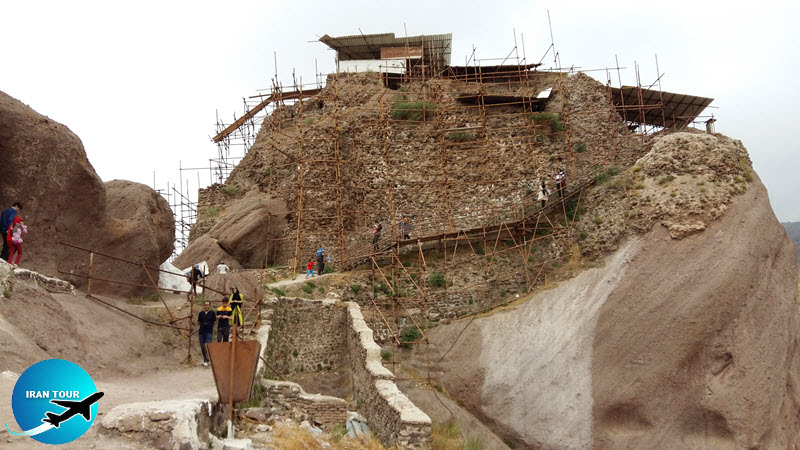 |
Castles and forts
Alamout Castle: In 1090 CE, Hassan Sabbah, the leader of Ismailites in Iran, chose the Alamut region as his headquarters for
Lambesar Castle: Lambsar was probably the largest and most fortified castle in the Nizari-Ismaili state. The fortress is located in the central Alburz Mountains, south of the Caspian Sea, about 120 km from present Tehran, Iran.
Shirkouh Castle: This strategic castle belonging to the Sassanid period is located on a mountain at an altitude of 1600 meters above sea level
Meimoon Ghal'eh: Meimoon Ghal'eh (Monkey Castle), also known as Meimoon Ghal'eh Castle or Mehman Ghal'eh Castle, is one of many different
Tombs, shrines,
Imamzadeh Hossein: Imamzadeh Hossein is the funeral mosque of the son of the 8th Imam Ali al-Ridha ("Hazrat-e Reza") in Qazvin, Iran, which the Safavids - Shah Tahmasp I built in the middle of the 16th century as the center of pilgrimage.
Hamdollah Mostowfi's Tomb: Hamdallah Mustawfi Qazvini (1281-1349) is a historian, geographer, and epic poet from an Arab family. He is the author of different books
Peighambarieh (where 4 Jewish prophets are buried)
Zobeideh Khatoon (that has also a unique traditional water reservoir)
Imamzadeh Abazar
Imamzadeh Abdollah and Imamzadeh Fazlollah in Farsajin
Imamzadeh Vali in Ziaabad
Imamzadeh Kamal in Ziaabad
Imamzadeh Ali in Shekarnab
Haft Sandoogh Pilgrimage Place
Tombs of Hassan Abad and Shahkouh
Soltan
Mausoleum of Pir e Takestan
Kafar Gonbad
Bazaars and caravanserais
Qazvin has some fine examples of centuries-old Bazaars and caravanserais:
Sa'd-ol-Saltaneh Complex
Qeisarieh
Saray e Vazir
Saray e Razavi (Shah)
Saray e Hadj Reza
Sadieh Bazaar
Shah Abbasi Caravanserai of Avaj
Shah Abbasi Caravanserai of Mohammad Abad
Hajib Shah Abbasi Caravanserai (Keikhosro)
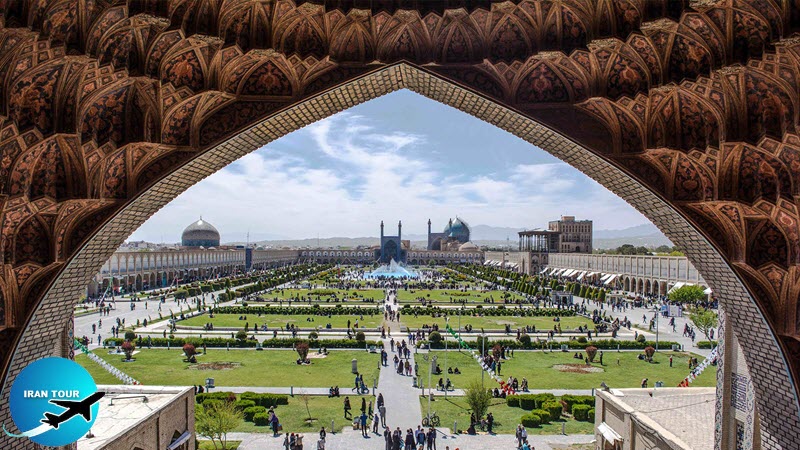 |
Isfahan
Although much has been written and said about Esfahan, rarely can we find such a lofty and wide capacity for a city all over the world that can be described in this manner. It seems that there is a universe of hesitation and meaning that has been epitomized in the framework of this territory. It was given the title of "Half of the World' to enable one to quest for the second half of this world inside one's self through a spiritual elevation from being in this city.
Isfahan is Iran's main tourist destination for good reasons. Its profusion of tree-lined boulevards, Persian gardens,
Isfahan The Most Beautiful Iran Tourism City, the most important Safavid capital, the city which the trip to Iran will not be complete without it, and the city that you should see many times
The oldest Sassanid buildings, the oldest Islamic buildings
You should go, You should see:
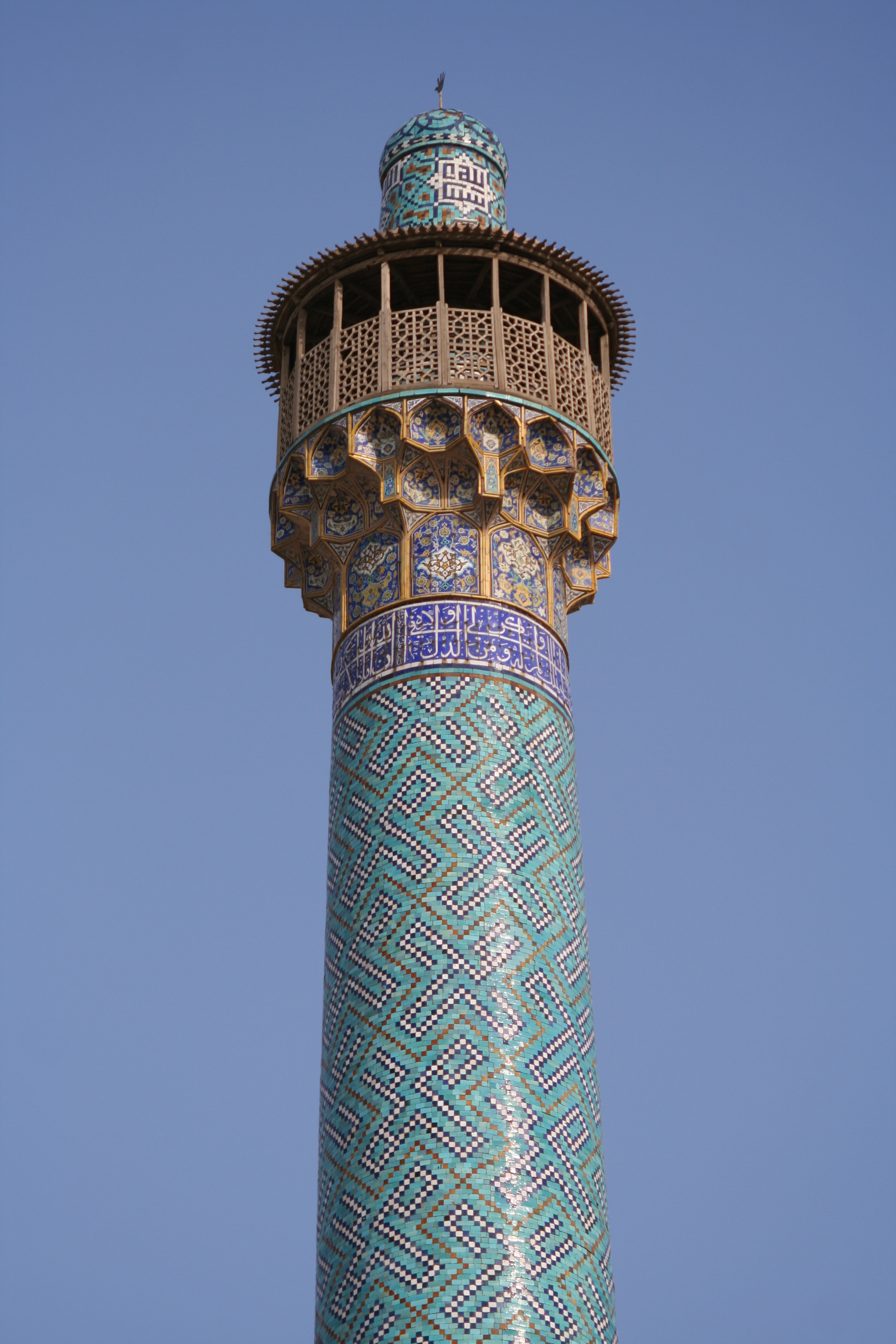 |
Bazaars
Shahi Bazaar – 17th century
Qeysarie Bazaar – 17th century
Churches and cathedrals
St. Georg Church – 17th century
St. Jakob Church – 1607
St. Mary Church – 17th century
Vank Cathedral – 1664
Old traditional Houses
Alam's House
Amin's House
Malek Vineyard
Sheykh
Minarets
Ali minaret – 11th century
Bagh-e-Ghoushkhane minaret – 14th century
Chehel Dokhtaran minaret – 12 century
Darozziafe minarets – 14th century
Menar Jonban – 14th century
Sarban minaret
Mosques
Agha Nour mosque – 16th century
Hakim Mosque
Ilchi mosque
Jame Mosque
Jarchi mosque – 1610
Maghsoudbeyk mosque – 1601
Mohammad Jafar Abadei mosque – 1878
Rahim Khan mosque – 19th century
Roknolmolk mosque
Seyyed mosque – 19th century
Shah Mosque – 1629
Sheikh Lotf Allah Mosque – 1618
Museums
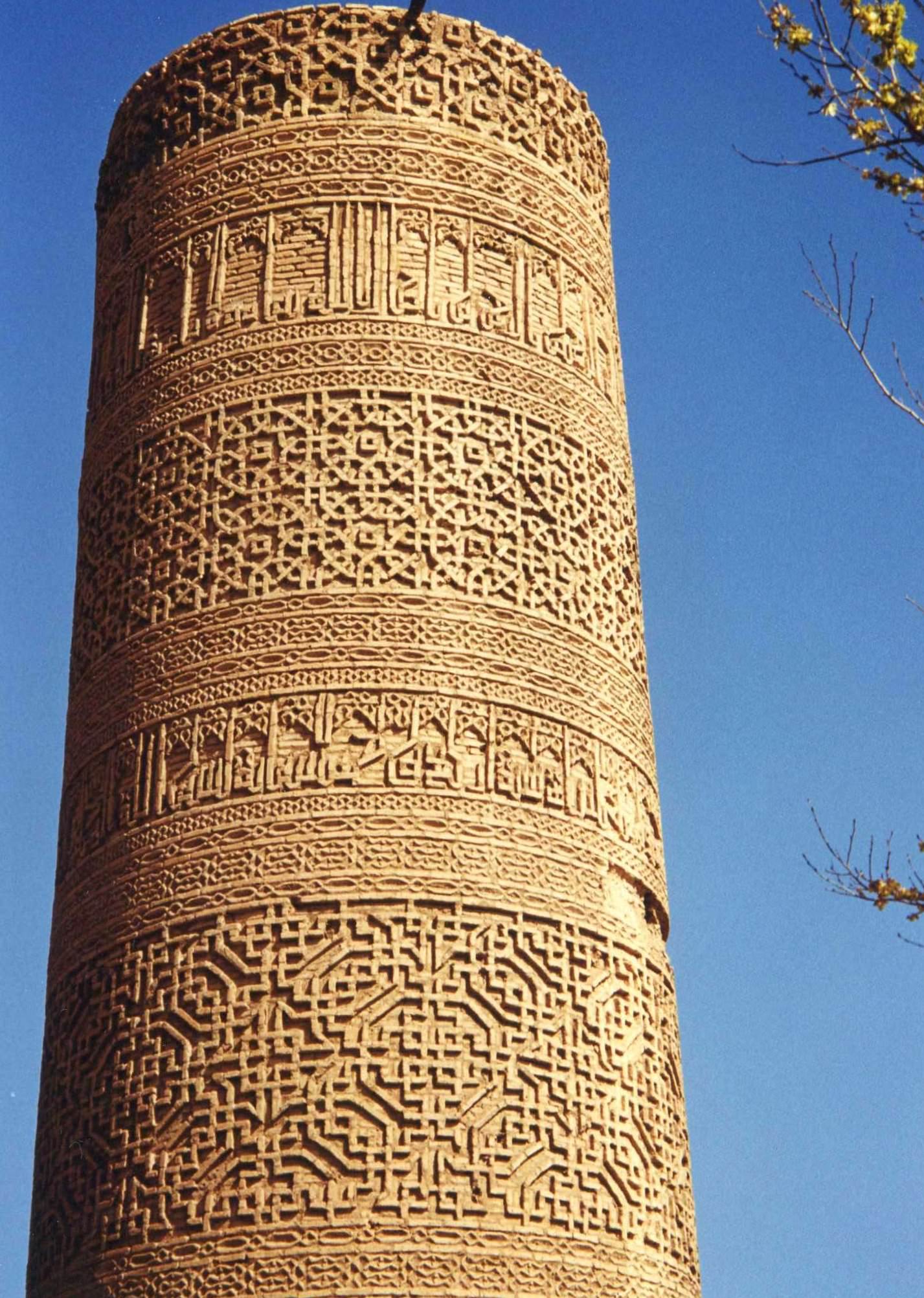 |
Contemporary Arts Museum Isfahan
Isfahan City Center Museum
Museum of Decorative Arts
Natural History Museum of Isfahan – 15th century
Schools (
Chahar Bagh School – early 17th century
Harati
Kassegaran school – 1694
Madreseye Khajoo
Nimavar school – 1691
Sadr school – 19th century
Palaces and caravanserais
Ali Qapu (The Royal Palace) – early 17th century
Chehel Sotoun (The Palace of Forty Columns) – 1647
Hasht-Behesht (The Palace of Eight Paradises) – 1669
Shah Caravanserai
Talar Ashraf (The Palace of Ashraf) – 1650
Squares and streets
Chaharbagh Boulevard – 1596
Chaharbagh-e-
Meydan Kohne (Old Square)
Naqsh-e Jahan Square also known as "Shah Square" or "Imam Square" – 1602
Synagogues
Kenisa-ye Bozorg (Mirakhor's kenisa)
Kenisa-ye Molla Rabbi
Kenisa-ye Sang-bast
Mullah Jacob Synagogue
Mullah Neissan Synagogue
Kenisa-ye Keter David
More
Atashgah – a Zoroastrian fire temple
The Bathhouse
Isfahan City Center
Jarchi hammam
New Julfa (The Armenian Quarter) – 1606
Pigeon Towers – 17th century
Takht-e Foulad
 |
- Details
- Category: IRAN Blog